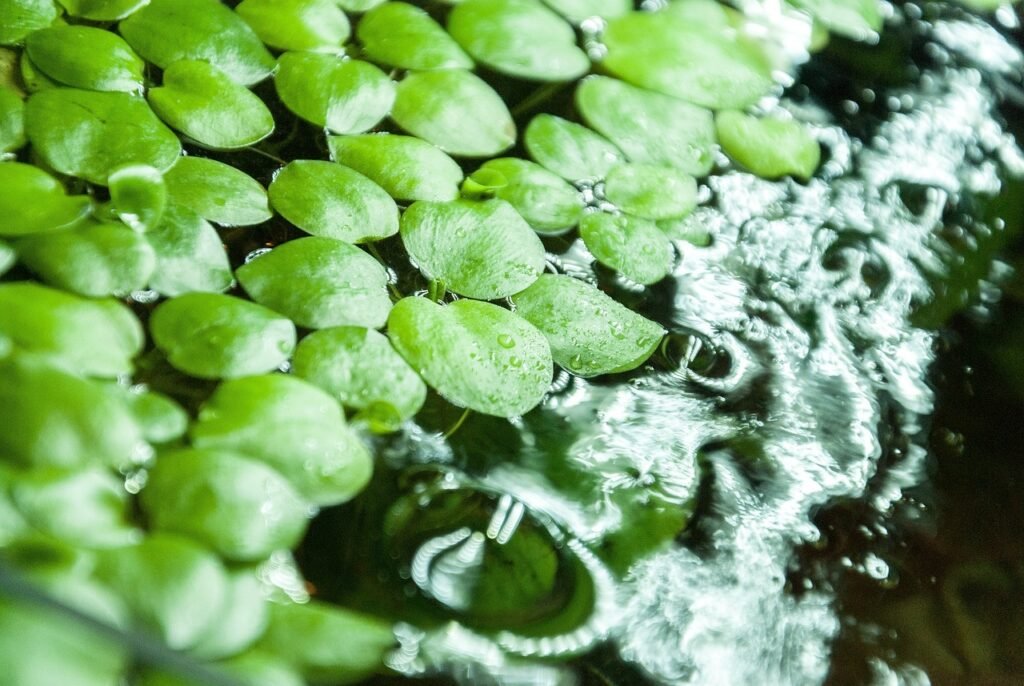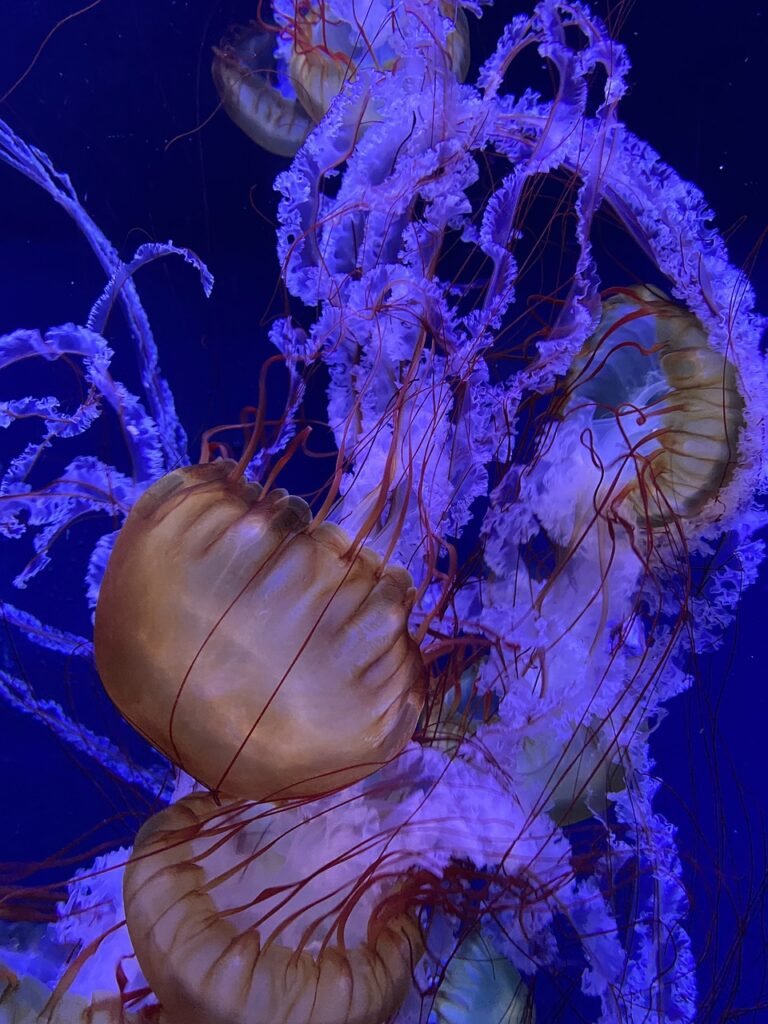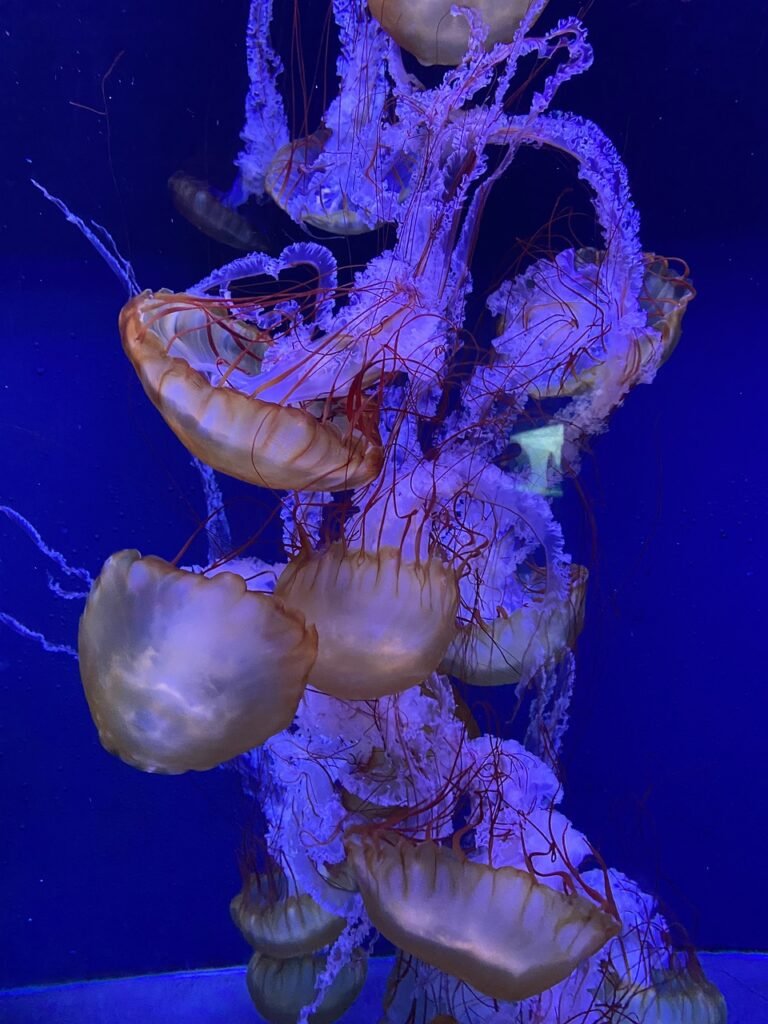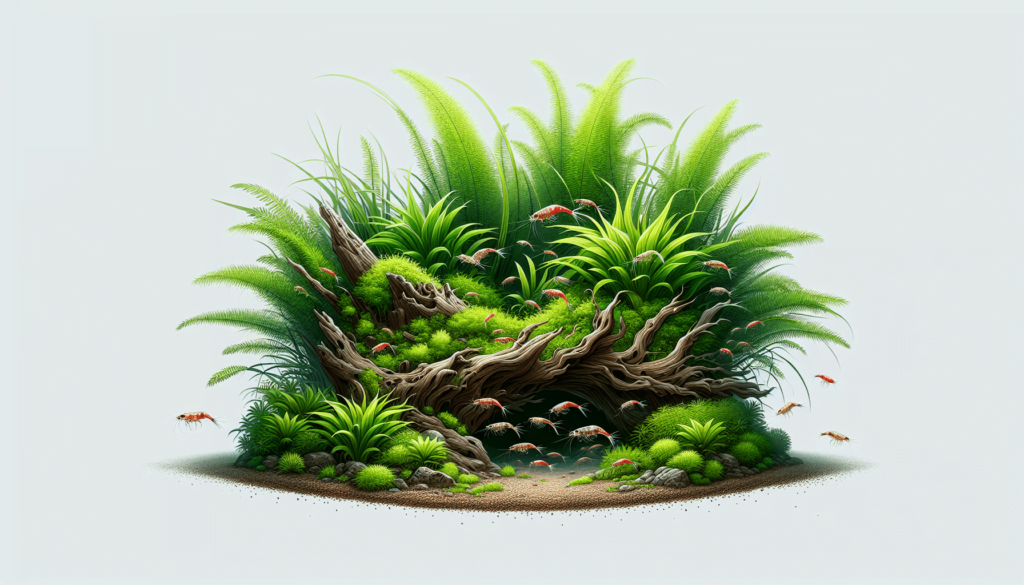In “Essentials of Aquascaping with Shrimp,” you will dive into the fascinating world of creating beautiful underwater scenes with the help of tiny, colorful shrimp. You will learn why mixing shrimp into your aquascape isn’t just fun, but also important for keeping your tank clean and healthy. By understanding the history, current trends, and key techniques, you’ll be able to design a thriving and eye-catching underwater paradise that your shrimp will love. Whether you’re new to aquascaping or looking to improve your skills, this guide will help you every step of the way, showcasing examples and offering predictions on future trends in the hobby. Get ready to become an expert in making your underwater world perfect for these wonderful little creatures! Have you ever wondered what it would be like to create a beautiful underwater garden with tiny, fascinating creatures like shrimp?
Overview
Imagine having your very own underwater garden where colorful plants and cute little shrimp live together in harmony. This kind of art is known as “aquascaping” and it can be an exciting and fun hobby. Not only does it look amazing, but it’s also good for the environment inside your fish tank.
Thesis Statement
In this guide, you’ll learn about the essentials of aquascaping with shrimp, a growing trend that combines the beauty of underwater plants with the fascinating habits of shrimp. By understanding historical aspects, current trends, and the key concepts, you’ll be able to create a thriving and stunning aquascape.
Historical Context
Aquascaping has been around for a long time. It all started in Japan over 1,000 years ago with traditional Japanese gardens. People wanted to recreate the beauty of these gardens under the water.
In the 1990s, a famous Japanese aquascaper named Takashi Amano helped make aquascaping very popular. He also helped promote keeping shrimp in tanks to help clean algae.
Shrimp in Aquascaping
Shrimp are not just cute; they help keep the water clean by eating algae and leftover food. This helps the plants grow better. Some common types of shrimp used in aquascaping today include:
- Cherry Shrimp: Small and bright red, perfect for beginners.
- Amano Shrimp: Named after Takashi Amano, they are bigger and very good at cleaning algae.

Current Trends
Nowadays, aquascaping with shrimp is more popular than ever. People share their beautiful tanks on social media, inspiring others to start their own projects.
Key Concepts and Definitions
To make sure you understand everything, let’s explain some important terms.
- Aquascaping: The art of creating underwater landscapes.
- Substrate: The material at the bottom of the tank where plants grow and shrimp live.
- Filtration: A system that keeps the water clean.
- Lighting: Special lights that help plants grow.
- Carbon Dioxide (CO2): A gas that plants need to grow, often added to tanks using CO2 systems.
Detailed Exploration
Now, let’s dive deeper into the essentials of aquascaping with shrimp.
Setting Up the Tank
First, you need the right tank. For beginners, a 10 to 20-gallon tank is a good size.
Choosing the Right Substrate
The substrate is very important because it’s where the plants and shrimp live. You can use:
- Gravel: Basic and easy to find.
- Aquasoil: Special soil that is very good for plants but more expensive.
| Substrate Type | Pros | Cons |
|---|---|---|
| Gravel | Cheap, easy to clean | Not ideal for plants |
| Aquasoil | Great for plants, looks natural | Expensive |
Filtration System
A good filtration system keeps the water clean, making it a better home for your shrimp and plants. Choose one that fits your tank size.
Lighting
Plants need light to grow. You can use special aquarium lights that mimic sunlight. Make sure the lights are on for about 8-10 hours a day.
Adding CO2
Plants need CO2 to grow better. You can use special CO2 kits to add this gas to your tank. This helps make your plants lush and green.
Temperature and Water Conditions
Shrimp and plants need stable water conditions. Keep the tank water at a comfortable 72-78°F (22-26°C). Use a heater if needed.
Check the water pH with test kits. Most shrimp do well in pH levels between 6.5 to 8.0.

Example 1: A Beginner’s Aquascape
Let’s talk about a simple setup for a beginner.
- Tank: 10-gallon
- Substrate: Gravel mixed with some aquasoil
- Plants: Java Moss and Anubias, which are easy to grow
- Shrimp: Cherry Shrimp
In this setup, you can start with basic plants and a shrimp type that is easy to care for. With proper lighting and a small filtration system, you can watch your aquascape thrive.
Example 2: An Advanced Aquascape
For those who are more experienced, here’s a more advanced setup.
- Tank: 20-gallon
- Substrate: Full aquasoil
- Plants: Glossostigma and Rotala, which require more care
- Shrimp: Amano Shrimp
In this more complex setup, you can enjoy the challenge of growing harder-to-care-for plants. The Amano shrimp will help keep algae in check.
Comparison of Different Perspectives
Natural vs. Artistic Aquascaping
Aquascapers often debate whether to create tanks that look like natural underwater environments or more artistic setups.
- Natural: Aims to look like real underwater scenes. Uses simple plants and rocks.
- Artistic: May use colorful plants and creatively-placed decorations.
| Style | Description | Pros | Cons |
|---|---|---|---|
| Natural | Mimics real habitats | Easy to maintain, looks realistic | Less colorful |
| Artistic | Focuses on creativity and design | Very eye-catching, unique | Can be harder to maintain |

Impact Assessment
Benefits of Aquascaping with Shrimp
Aquascaping with shrimp has many benefits. It creates a balanced ecosystem where both plants and shrimp thrive. Shrimp keep algae at bay, which helps plants stay healthy.
Challenges
However, it can be challenging to keep the water conditions stable. Some shrimp can be sensitive and require careful monitoring.
Future Directions and Implications
Predictions
In the future, we might see even more innovative designs and technology in aquascaping. Self-sustaining tanks that need very little maintenance could become popular.
Implications
A well-maintained aquascape not only looks good but also teaches responsibility and the importance of taking care of the environment. It’s like having a piece of nature right in your home!

Conclusion
Recap
Aquascaping with shrimp is a wonderful hobby that combines art and nature. By understanding the history, current trends, and how to set up your tank, you can create a beautiful and healthy underwater garden.
Final Thought
Why not start your own aquascaping adventure today? With patience and care, you can build a stunning home for plants and shrimp.
Engagement
If you have any questions or want to share your own aquascaping experiences, leave a comment below! Feel free to share this article with friends who might be interested in starting their own underwater adventure.
Credible Sources
- Takashi Amano’s Books and Guidelines
- Aquascaping Websites and Forums
- Aquarium Plant Guides
There you have it, young aquascaper! Now you’re ready to create a magical underwater world of your own. Happy aquascaping!



